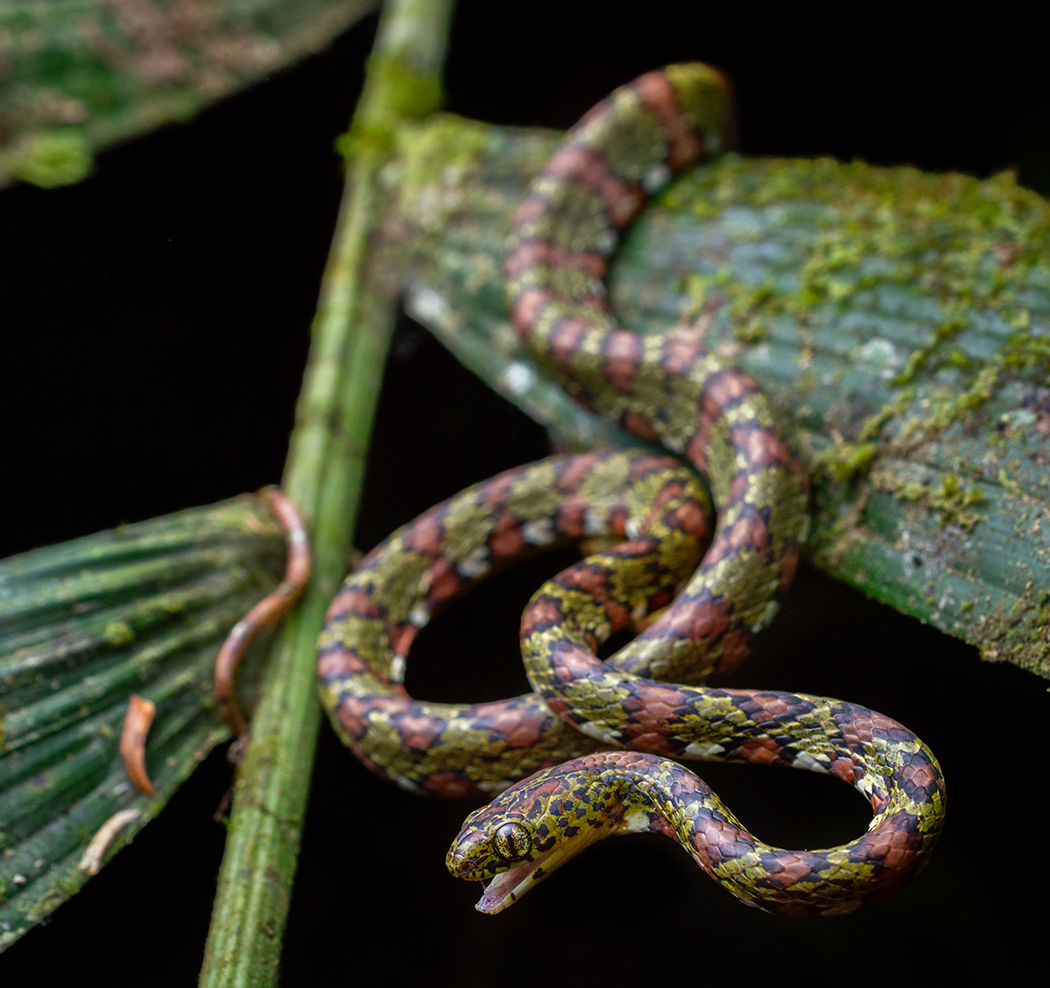Establishing a baseline trend and diversity of snake rescues in the Kali Tiger Reserve, Karnataka.
DOI:
https://doi.org/10.17161/randa.v31i1.19853Keywords:
Kali Tiger Reserve, Karnataka, rescue management, snake rescues, human-snake encounters, snake diversityAbstract
As human-snake encounters become increasingly frequent, snake rescuers play a significant role in protecting
both snakes and humans. To improve the procedures of snake rescues in human-dominated areas and ensure
greater accountability, providing structured protocols and establishing evidence-based snake-human encounter management
is increasingly important. Herein we analyze snake rescues in and around the Kali Tiger Reserve, Karnataka,
India, to identify trends and document the diversity of snake species encountered in human-dominated landscapes.
Snake rescues by the Forest Department staff of the Kali Tiger Reserve from 2012 to 2022 involved 31 species in 22
genera, with Ptyas (29.3%), Naja (21.7%), Chrysopelea (9.9%), and Python (9.7%) being the most frequently rescued.
The numbers of frequently rescued species is indicative of the overall quality of habitat, whereas the frequency of rescues
of near-threatened species in the genera Python (278 rescues) and Eryx (54 rescues) demonstrates the importance
of implementing effective conservation policies. We also highlight the need for proper record-keeping of rescues for
further research and decision-making, monitoring survival of translocated individuals, and the need for educational
awareness programs about threatened and venomous snakes directed to the area’s human populations.
Downloads
Published
Issue
Section
License
Copyright (c) 2024 Omkar Pai, Bismay Ranjan Tripathy, Aslam Abbas , Chandrakanth Naik, Gajanan Yallatti, Goudappa Dharennavar, Mahabaleshwar Kotagi, Parasappa Jajappagol, Parashuram Fakirappa Bhajantri, Parashuram Prabhu Bajantri, Pradhani Patrot, Prasanna Amaravati, Raghavendra Gouda, Ramesh Badiger, Ramesh Dambal, Sadanand Ganagi, Shankaranand Jiddimani, Pavan KS Kumar, Imran Patel

This work is licensed under a Creative Commons Attribution-NonCommercial 4.0 International License.
Copyright is held by the authors. Articles in R&A are made available under a Creative Commons Attribution-NonCommercial 4.0 International license.

